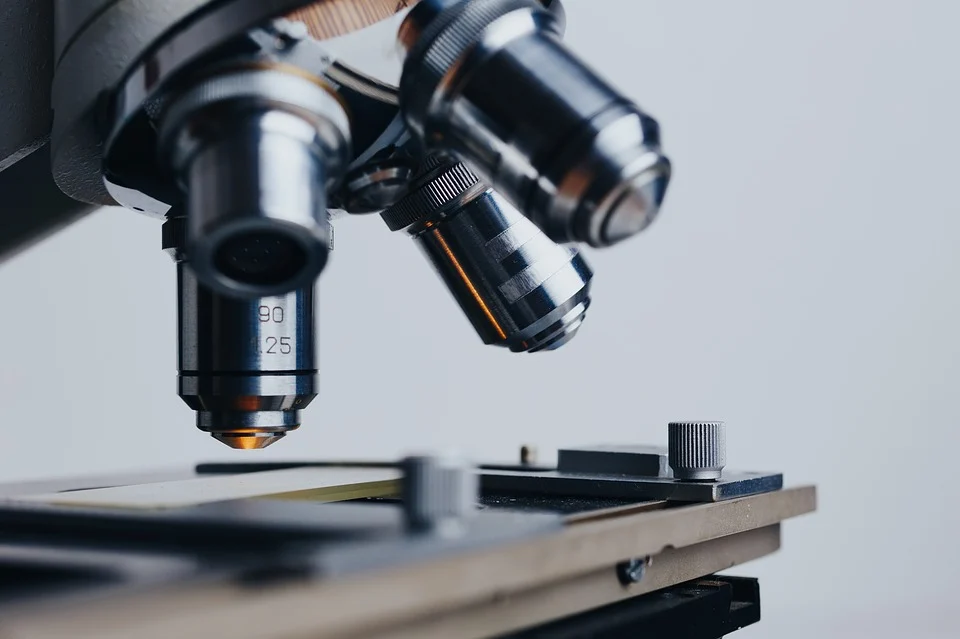Heavy Metal Bio-recovery and Valorization
The cellular ability to adsorb heavy metals onto extracellular polymeric substances
The Heavy Metal Bio-recovery and Valorization (HMBV) project develops an innovative and eco-friendly biotechnology based on the exploitation of microbial biosorption for removing heavy metals from electroplating wastewaters.
The initiative moves from the cellular ability to adsorb heavy metals onto extracellular polymeric substances (EPS) and the possibility to convert the metal-binding biomass into high value metal salts and metal-organic complexes with catalytic abilities.

The low water foot-print of industrial
processes has become a challenge together with the conversion of wastes into new products that create innovative
opportunities for industrial sectors with a circular economy strategy.
Exposure to HM can have chronic effects on human health and disturbs ecological balance. Currently, HM pollution has arisen intense concern due to the large amount of HM released into the environment by
anthropogenic activities.
Wastewaters produced by electroplating industries contain high concentration of metals like Cu and Ni that must be
removed from the effluent before discharging it in surface waters, according to Italian legislation

The research group is composed of microbiologists, chemists and biotechnologists, lead by Lucia Cavalca, Associate Professor at the Department of Food, Environmental and Nutritional Sciences (DeFENS), Università degli Studi di Milano.
This questionnaire will serve the research team as feedback from industrial stakeholders regarding the production process and production of polluted wastewater.
Check our schedule, upcoming events, conferences and important dates here.
